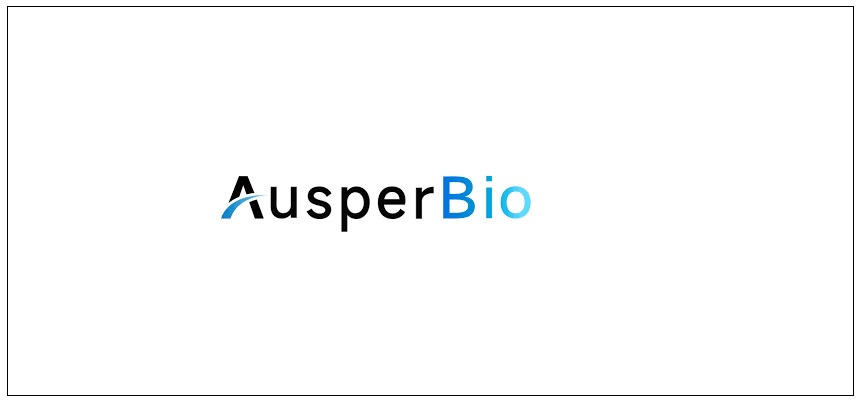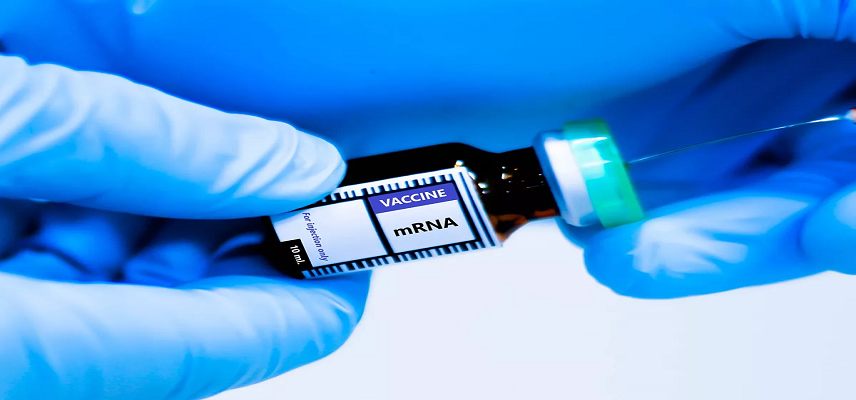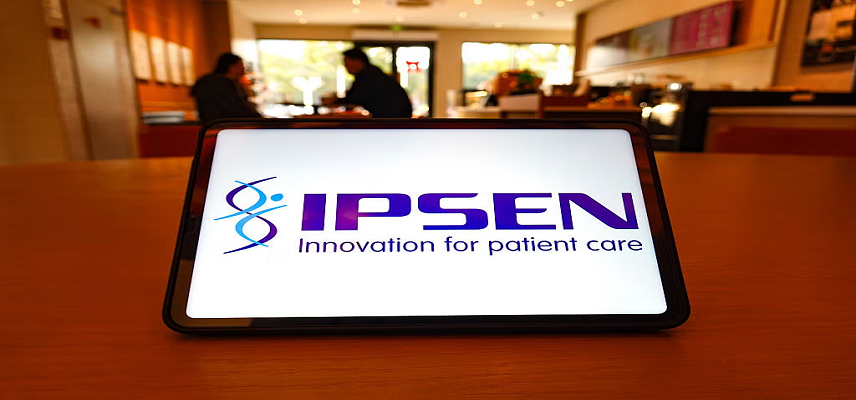US FDA approves Daiichi Sankyos Vanflyta for patients with newly diagnosed FLT3-ITD positive AML
Daiichi Sankyo announced that Vanflyta (quizartinib) has been approved by the US Food and Drug Administration (FDA) in combination with standard cytarabine and anthracycline induction and cytarabine consolidation, and as maintenance monotherapy following consolidation chemotherapy, for the treatment of adult patients with newly diagnosed acute myeloid leukaemia (AML) that is FLT3-ITD positive as detected by an FDA-approved test. Vanflyta is not indicated as maintenance monotherapy following allogeneic hematopoietic stem cell transplantation (HSCT); improvement in overall survival with Vanflyta in this setting has not been demonstrated.
AML is one of the most common forms of leukaemia in adults and an estimated 20,380 new cases will be diagnosed in the US in 2023.1 Up to 37% of newly diagnosed patients with AML have a FLT3 gene mutation and approximately 80% of these are FLT3-ITD mutations, which drive cancer growth and contribute to increased risk of relapse and shorter overall survival. The five-year survival rate for patients with FLT3-ITD AML has been reported at approximately 20%
Vanflyta is the first and only FLT3 inhibitor to be approved by the FDA specifically for FLT3-ITD positive AML and across the three phases of treatment – induction, consolidation and maintenance in patients without transplant – for newly diagnosed AML. Vanflyta will be available by prescription in the US in the coming weeks.
The approval by the FDA was based on results of the QuANTUM-First trial published in The Lancet. In QuANTUM-First, Vanflyta combined with standard cytarabine and anthracycline induction and standard cytarabine consolidation, and continued as maintenance monotherapy following consolidation, resulted in a 22% reduction in the risk of death compared to standard chemotherapy alone (HR = 0.78 [95% CI: 0.62-0.98; 2-sided p=.0324]) in patients with newly diagnosed FLT3-ITD positive AML. While complete remission (CR) rates were similar between both arms of the trial, the median duration of CR was more than three times longer at 38.6 months (95% CI: 21.9, NE) for patients receiving Vanflyta compared to 12.4 months for those receiving placebo plus standard chemotherapy alone (95% CI: 8.8-22.7).
“The approval of Vanflyta represents a significant advancement for the treatment of patients with newly diagnosed FLT3-ITD positive AML, which is one of the most aggressive and difficult-to-treat subtypes,” said Harry P. Erba, MD, PhD, Professor of Medicine, Department of Medicine, Division of Hematologic Malignancies and Cellular Therapy, Duke Cancer Institute. “In the QuANTUM-First trial, Vanflyta added to standard chemotherapy and continued as maintenance resulted in longer remission and prolonged overall survival and it will be a much-needed new treatment option that has potential to change the way FLT3-ITD positive AML is treated.”
The safety of Vanflyta was evaluated in 265 patients with newly diagnosed FLT3-ITD positive AML who received Vanflyta once daily (35.4 mg with chemotherapy, 26.5 to 53 mg as maintenance) in the QuANTUM-First trial. Vanflyta is approved with a Boxed WARNING for QT prolongation, torsades de pointes and cardiac arrest. Treatment emergent QT interval prolongation events of any grade were reported in 14% of patients who received Vanflyta, including 3.0% who experienced a grade 3 or 4 event. Of the 265 patients treated with Vanflyta and standard chemotherapy, QTcF >500 ms occurred in 2.3% of patients based on central ECG review and 10% of patients had an increase from baseline QTcF greater than 60 ms.
The most common adverse reactions (frequency =10% all grades with a difference between arms of =2%), including laboratory abnormalities, in patients receiving Vanflyta included lymphopenia (60%), hypokalemia (59%), hypoalbuminemia (53%), hypophosphatemia (52%), alkaline phosphatase increased (51%), hypomagnesemia (44%), febrile neutropenia (44%), diarrhoea (42%), mucositis (38%), nausea (34%), hypocalcemia (33%), abdominal pain (30%), sepsis (30%), neutropenia (29%), headache (28%), creatine phosphokinase increased (26%), vomiting (25%), upper respiratory tract infection (21%), hypertransaminasemia (19%), thrombocytopenia (18%), decreased appetite (17%), fungal infections (16%), epistaxis (15%), hyperkalemia (15%), herpes virus infection (14%), insomnia (14%), electrocardiogram QT prolonged (14%), hypermagnesemia (14%), hypernatremia (13%), dyspepsia (11%), anaemia (11%) and eye irritation (11%).
Because of the serious risk of QT prolongation, torsades de pointes, and cardiac arrest, Vanflyta will be available only through a restricted programme called the Vanflyta Risk Evaluation and Mitigation Strategy (REMS). Vanflyta may only be prescribed and dispensed by certified healthcare providers and pharmacies.
“Today’s FDA approval of Vanflyta is an important milestone, as patients with the FLT3-ITD subtype of AML can now be treated with the first ever FLT3 inhibitor approved across the three phases of treatment these patients typically receive,” said Ken Keller, global head of oncology business, and president and CEO, Daiichi Sankyo, Inc. “Vanflyta represents the third oncology medicine from Daiichi Sankyo to be approved in the US and reflects our commitment to continuously deliver innovative medicines that improve the current standard of care.”
To identify patients with FLT3-ITD mutations who may be eligible for treatment with Vanflyta, genetic and molecular testing of newly diagnosed patients is needed. The FDA concurrently approved a companion diagnostic test to detect FLT3-ITD mutations in patients with newly diagnosed AML.
Daiichi Sankyo is committed to ensuring that patients in the US who are prescribed Vanflyta can access the medication and receive appropriate financial support.
QuANTUM-First is a randomized, double-blind, placebo-controlled global phase 3 study evaluating Vanflyta in combination with standard induction and consolidation therapy, including HSCT, and as maintenance monotherapy, in adult patients aged 18-75 with newly diagnosed FLT3-ITD positive AML.
Patients were randomized 1:1 to receive Vanflyta or placebo combined with cytarabine and anthracycline induction and cytarabine consolidation chemotherapy followed by up to three years of single agent maintenance. There was no re-randomization at the start of post consolidation therapy.
The primary endpoint of QuANTUM-First was overall survival. Secondary endpoints included event-free survival, post-induction rates of CR and composite complete remission (CRc), and the percentage of patients who achieve CR or CRc with FLT3-ITD measurable residual disease negativity. Safety and pharmacokinetics, along with other exploratory efficacy and biomarker endpoints including duration of CR, were also evaluated. QuANTUM-First enrolled 539 patients at 193 study sites across Asia, Europe, North America, Oceania and South America.
More than 474,500 new cases of leukaemia were reported globally in 2020 with more than 311,500 deaths. AML accounts for 23.1% of total leukaemia cases worldwide and is most common in adults. In the US, an estimated 20,380 new cases of AML will be diagnosed in 2023 with the five-year survival rate reported at 31.7%.
A number of gene mutations have been identified in AML, and FLT3 (FMS-like tyrosine kinase 3) mutations are the most common.3 Up to 37% of newly diagnosed cases of AML have a FLT3 gene mutation and approximately 80% of these have FLT3-ITD mutations, which drive cancer growth and contribute to particularly unfavourable prognosis including increased risk of relapse and shorter overall survival. The five-year survival rate for patients with FLT3-ITD AML has been reported at approximately 20%.
The conventional treatment for fit patients with newly diagnosed AML is intensive induction and consolidation chemotherapy, with or without targeted therapy, and HSCT for eligible patients. Options for post-consolidation/maintenance therapy are recommended for some patients who achieve remission.
Vanflyta (quizartinib) is an oral, highly potent, type II FLT3 inhibitor that selectively targets FLT3-ITD mutations and has been specifically developed for patients with FLT3-ITD positive AML.
Vanflyta is approved in the US in combination with standard cytarabine and anthracycline induction and cytarabine consolidation, and as maintenance monotherapy following consolidation chemotherapy, for the treatment of adult patients with newly diagnosed AML that is FLT3-ITD positive as detected by an FDA approved test. Vanflyta is not indicated as maintenance monotherapy following allogeneic hematopoietic stem cell transplantation (HSCT); improvement in overall survival with Vanflyta in this setting has not been demonstrated. The FDA had granted Priority Review and Fast Track Designation to Vanflyta for this indication.
Vanflyta also is approved in Japan for the treatment of AML that is FLT3-ITD mutation positive, including for use in combination with standard cytarabine and anthracycline induction and standard cytarabine consolidation chemotherapy and as maintenance monotherapy for adult patients with newly diagnosed FLT3-ITD positive AML, and as a monotherapy for relapsed/refractory AML that is FLT3-ITD positive as detected by an approved test. Vanflyta is an investigational medicine in all countries outside of Japan and the US.
The Vanflyta clinical development program includes a phase 1/2 trial in paediatric and young adult patients with relapsed/refractory FLT3-ITD positive AML in Europe and North America, and several phase 1/2 combination studies as part of a strategic research collaboration with The University of Texas MD Anderson Cancer Center.
A regulatory application for Vanflyta in newly diagnosed FLT3-ITD positive AML is currently under review in the EU based on the results of the QuANTUM-First trial.

Optimize Your trial insights with Clival Database.
Are you exhausted from the uncertainty of trial insights pricing? Clival Database ensures the clarity in the midst of the global scenario for clinical trials to you.Clival Database is one of the best databases that offers an outstanding number of clinical trial data in terms of 50,000+ molecules and from primary regulatory markets as well as new entrants like Indian and Chinese markets.
With Clival, you get accurate positioning of historical sales data, patent database, company profiling, safety & efficacy, and prediction of launch of new innovative molecules helping you to align your research and driving down the cost.
To add value, we further break down our analytics for you so that improving your operational effectiveness; optimizing your clinical trials; and offering you accurate and high-quality data at lowest possible prices becomes possible.
Elevate your trial success rate with the cutting-edge insights from Clival database.
Check it out today and make more informed sourcing decisions! Learn More!







